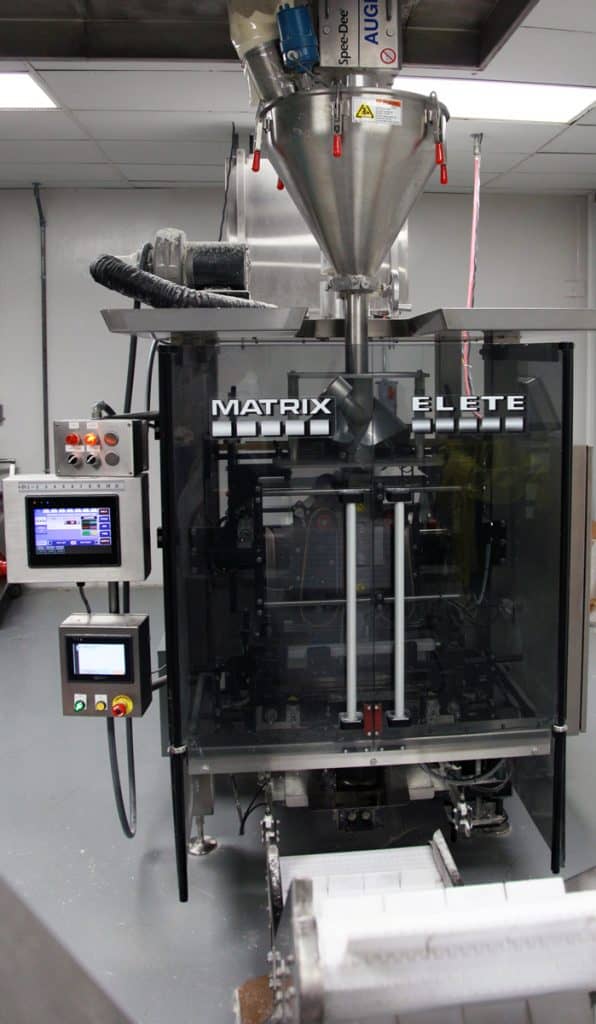Rework, rework, and rework are some of the worst words you can hear in manufacturing. Any time packaging or material has to be handled unintentionally a second time, we call it rework. Rework can be generated by many causes and often those causes are linked together. A few of the most common causes are equipment, quality, and speed.
You Must Calibrate and Optimize your Equipment
 Having the right equipment can make the difference for production to run faster while still maintaining product quality. Each piece of equipment is designed for optimal operation at certain speeds and parameters. If any changes are made to increase or decrease speed, it is imperative to evaluate each piece of equipment for those changes. For example, an auger feeder’s tooling can be for either a Vertical Form, Fill, and Seal (VFFS) or Horizontal Form, Fill, and Seal (HFFS) packaging line. An auger of the correct size must be used to keep the speed and weight correct. When the timing and speed of the equipment operation is not calibrated correctly, rework will be generated.
Having the right equipment can make the difference for production to run faster while still maintaining product quality. Each piece of equipment is designed for optimal operation at certain speeds and parameters. If any changes are made to increase or decrease speed, it is imperative to evaluate each piece of equipment for those changes. For example, an auger feeder’s tooling can be for either a Vertical Form, Fill, and Seal (VFFS) or Horizontal Form, Fill, and Seal (HFFS) packaging line. An auger of the correct size must be used to keep the speed and weight correct. When the timing and speed of the equipment operation is not calibrated correctly, rework will be generated.
Match Up the Right Packaging with the Right Weight Tolerance
In spec products can vary within a certain weight tolerance so it is important to set the range correctly. A weight tolerance that is overly generous yields waste from product giveaway, while a weight tolerance that is too tight will yield rework and packaging losses due to high amounts of products that weigh less than the minimum weight spec. It is also a critical step to identify if the equipment is worn, in disrepair, or incorrectly sized to avoid this type of rework. Ultimately, if the equipment is correct, the weight tolerance can be adjusted to a preferred range, thus minimizing rework.
Don’t Underestimate Your People

Speed is another cause of rework. Sometimes equipment speed can be a problem, but the operators’ performance should never be underestimated. Working conditions, clear instructions, and proper training can eliminate rework. Setting reasonable, achievable, and profitable production standards create a productive and rework-free performance.
Efficiency is not something that just happens; rather it is achieved by combining efforts and working collectively towards solutions that include proper equipment, good quality guidelines, speeds that are properly managed, and a good training program.
